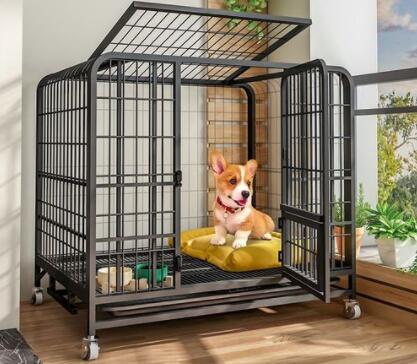Understanding the Purpose and Uses of Drywall Screws
Drywall screws are a crucial component in the construction and renovation industry, specifically designed for the installation of drywall, also known as gypsum board, wallboard, or plasterboard. Understanding their purpose and proper usage can greatly enhance the efficiency and quality of any drywall project.
What Are Drywall Screws?
Drywall screws are fasteners specifically engineered for securing drywall sheets to wooden or metal framing. They typically feature a sharp, pointed end, which allows for easy penetration into the drywall and underlying structures. Unlike regular screws, drywall screws come with a fine thread that helps grip the drywall securely and a bugle head that allows the screw to sink below the surface without ripping through the paper face of the drywall.
Types of Drywall Screws
There are several types of drywall screws available, each designed for specific applications
1. Wood Screws These screws are used when attaching drywall to wooden studs. They feature coarse threads that provide a firm grip in wood.
2. Metal Screws These are used when fastening drywall to metal studs. They have fine threads for better gripping in metal, as well as a different type of head, often designed to prevent stripping.
3. Specialty Screws Some screws are designed for specific applications, such as moisture-resistant drywall in bathrooms or kitchens. These screws may have coatings that prevent corrosion and enhance durability.
Why Use Drywall Screws?
The advantages of using drywall screws over other fastening methods, such as nails or staples, are numerous
what are drywall screws used for

- Holding Power Due to their design, drywall screws have greater holding power compared to nails
. They are less likely to pop out over time, which is particularly important for maintaining a smooth surface on walls and ceilings.- Less Damage to Material Unlike nails that can split wood, drywall screws minimize the risk of damage to the drywall material. Their bugle head shapes the surface as they sink in, reducing the chance of paper tearing.
- Ease of Use The design of drywall screws allows for easy installation with a power-driver or drill, saving time and effort during large projects.
How to Properly Use Drywall Screws
To achieve the best results with drywall screws, it is essential to follow some best practices
1. Spacing When installing drywall, screws should be placed approximately 12 to 16 inches apart along the edges and every 16 inches in the field of the panel. This ensures adequate support and minimizes movement.
2. Depth of Installation The screws should be driven just below the surface of the paper without breaking through it. This helps in finishing the drywall seamlessly with joint compound or mud.
3. Drilling Technique When using an electric drill, it’s important to set the clutch to prevent overdriving the screws. Overdriving can compromise the integrity of the drywall and lead to cracking or popping.
4. Removal If a screw needs to be removed, use a power drill or screwdriver to back it out carefully to avoid damaging the drywall. If a screw head is stripped, a rubber band can be placed over the head for better grip.
Conclusion
In conclusion, drywall screws are an essential element in the art of drywall installation. Their specialized design offers superior holding power, minimizes material damage, and enhances the efficiency of the installation process. Understanding their types, benefits, and proper usage is vital for anyone involved in construction or home improvement projects. Whether you are a DIY enthusiast or a seasoned professional, knowing how to effectively use drywall screws can make a significant difference in the quality and longevity of your drywall work.

















